San Francisco didn’t always have a reputation for openness and inclusion. The city’s past has been marred by discrimination in many forms. For example, before World War II, all but a small number of city employees were white.
African-Americans were especially unwelcome in the closed circle of city employment. But the shortage of civilian workers during the war opened doors that had been locked tight. And the city department that provided the most opportunity to African-Americans was Muni.
Since that era – as well as very early in the City’s history – African-Americans have made history in San Francisco transit. Here, we recognize several of them.
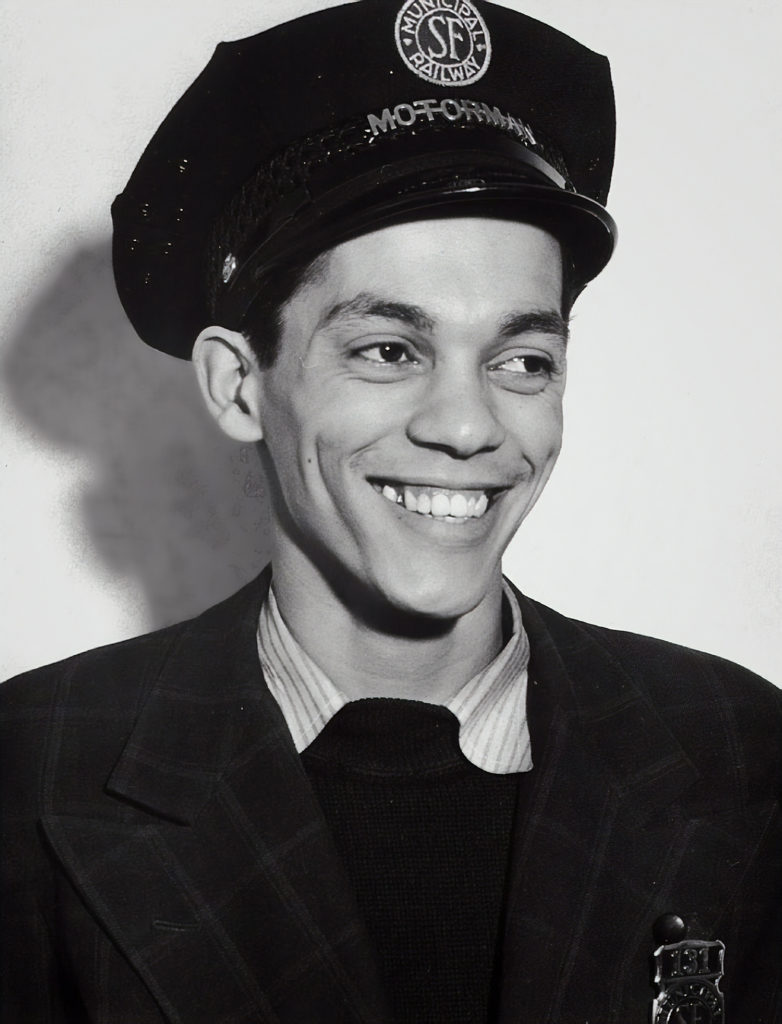
Audley Cole: Audley Cole was the first Black operator ever hired by Muni, in 1941. He passed the civil service examination by leaving his race off the form. After he was hired, white operators refused to give him the training necessary to start work. Fourteen operators decided to be suspended rather than train him, and the operators’ union threatened a $100 fine against any operator who trained him. The one white man who tried to train him was beaten so severely he was hospitalized. After three months, with support from the ILWU (the International Longshoreman’s and Warehouseman’s Union) and the general manager of Muni, Cole finally received training directly from the head of Muni’s training department. At Muni, he fought for fairer treatment for future Black employees. 3 years later, there were nearly 100 Black employees at Muni. “Civil service is dedicated to fair play,” said Cole. “It’s a job for which I have qualified and I want it. I’m going to get it.”
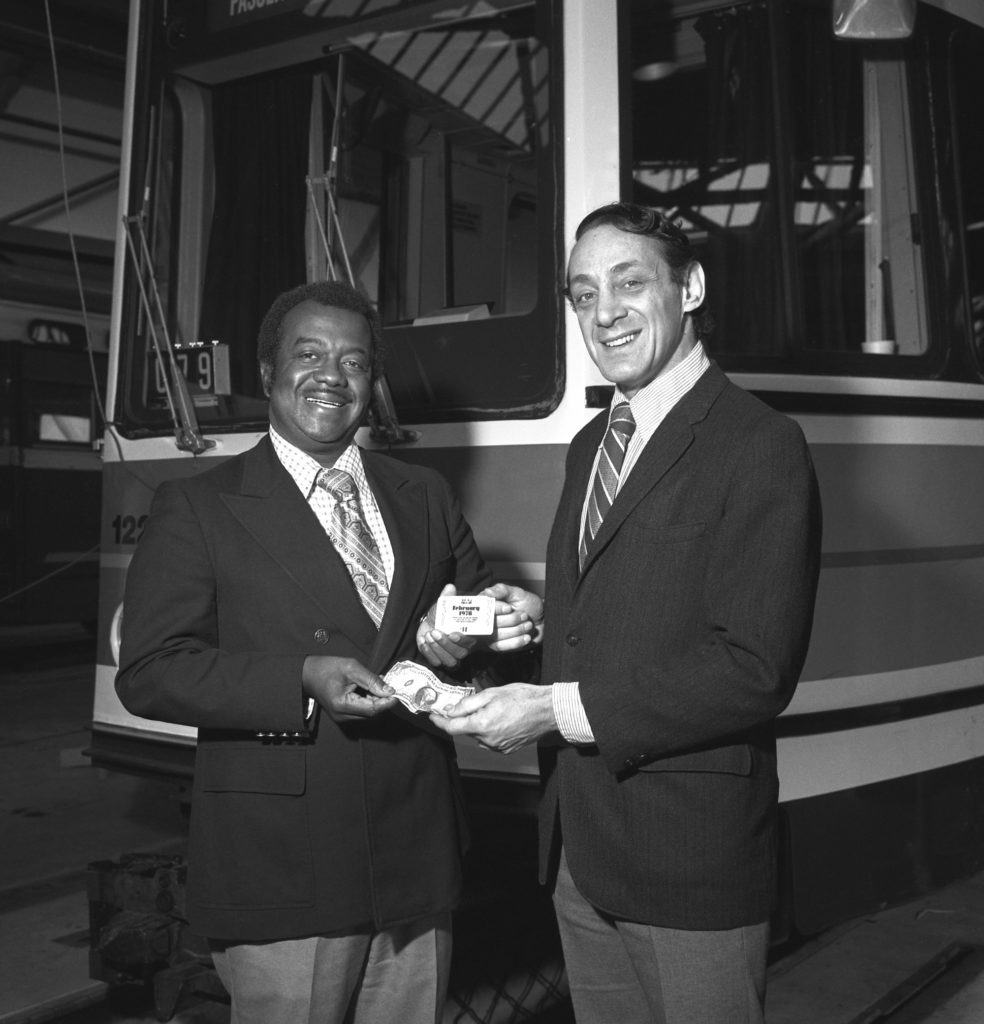
Curtis E. Green, Sr.: Born in 1923 in Louisiana, Curtis Green served in World War II, then became one of Muni’s early Black bus operators. Popular with his riders for good service and a cheerful disposition, he became one of the first Black operators to be honored as “Muni Man of the Month” for customer service. Rising steadily through the ranks, Green became the first Black general manager of a major US transit agency in 1974. During his tenure, the Muni Metro subway opened. Its light rail maintenance facility at Balboa Park was later named for him. Green was an optimistic striver whose skill and determination paid off. As he said, “To people who feel underprivileged and out of sync, rising to the top can happen to those who persevere and compete.” Curtis Green died in 2002, but his legacy endures, including the successful Muni career of his granddaughter, Denise Green.
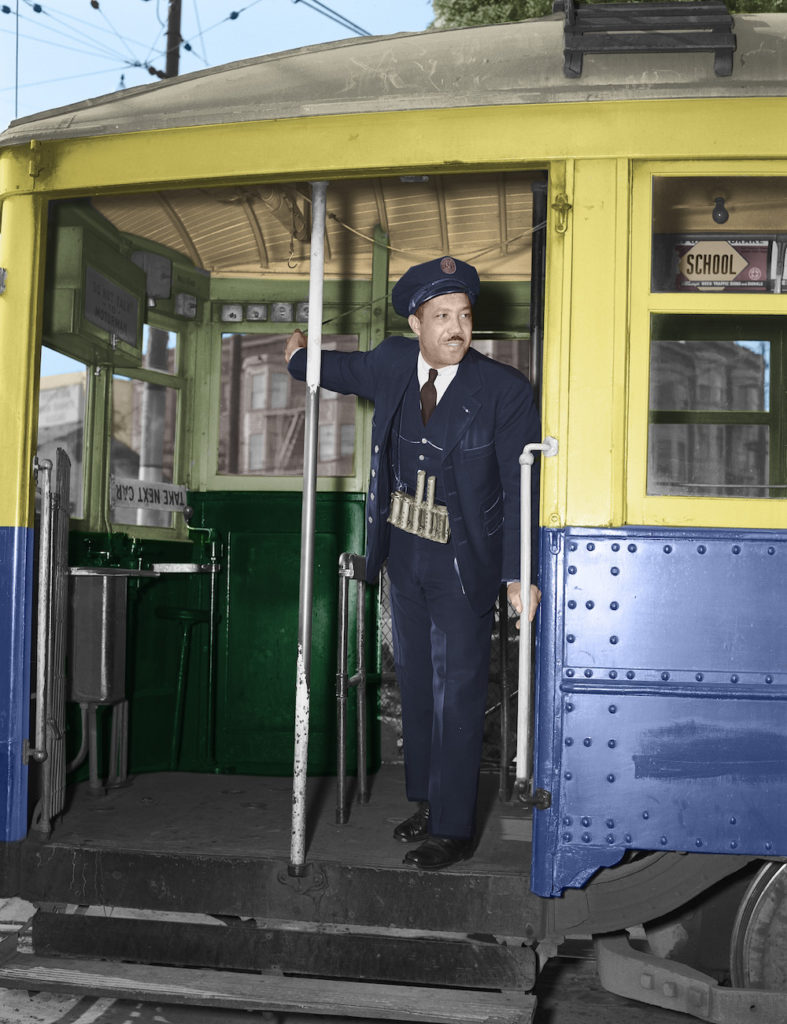
Lilburn Delaney: Like Curtis Green, Lilburn Delaney joined Muni as an operator in the 1940s – starting as a conductor on the H-Potrero streetcar line. In 1951, when he was driving the 5-McAllister trolley bus route, he was the very first Black operator to be named “Muni Man of the Month” (a title chosen by Muni at the time even though there were a few female operators). At the same time, Delaney was fighting for better wages and working conditions for all operators as a union activist, and later rose to become president of Muni’s operators’ union. Several African-American leaders of Muni unions gained significant national profiles in the decades to come, most notably Larry Martin of Transport Workers Union Local 250A.
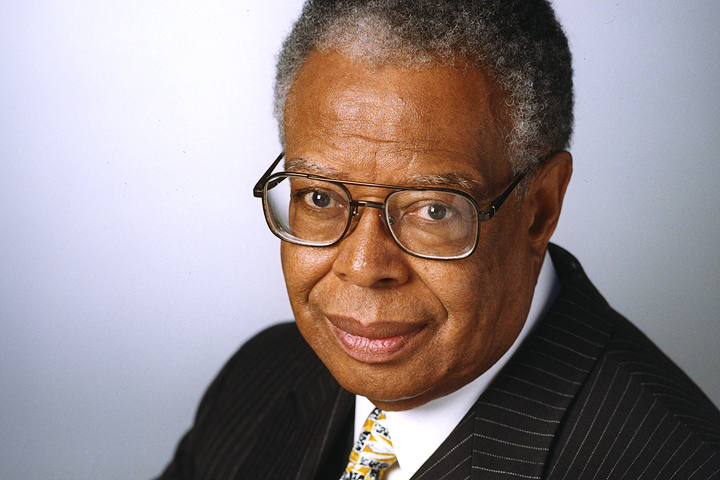
H. Welton Flynn: Appointed as the first African-American to any San Francisco City commission in 1970, Flynn–an accountant by profession–expected equity for African-Americans at Muni and worked tirelessly for it. In 1974, under Flynn’s leadership, Curtis Green was appointed the first African-American general manager of a major US transit system. Welton Flynn served on commissions governing Muni for almost 30 years, longer than any city commissioner in San Francisco history, and was elected a commission president or chairman a record eight separate times. Besides his tireless advocacy for affirmative action in hiring and contracting, Flynn also pioneered paratransit service in 1979 and spearheaded many improvements in Muni operations and services during his long career. Following his retirement from public service in 2004, Flynn was honored by numerous organizations for his service, including election to the American Public Transportation Association Hall of Fame in 2006.
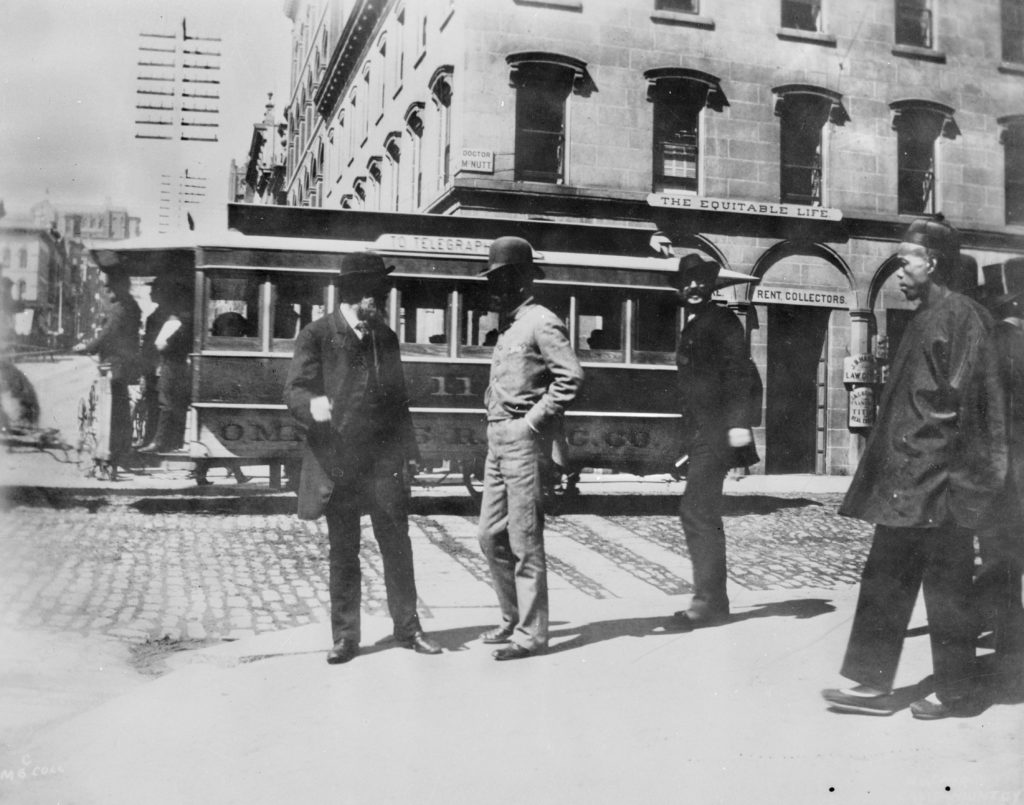
Charlotte Brown and Mary Ellen Pleasant: In April 1863, Charlotte Brown boarded a horse-drawn streetcar run by the Omnibus Railroad Company. The operator told her she wasn’t allowed to ride because she was Black. She told him she had always ridden the streetcars and was very late to her appointment. When a white woman on board complained about her presence, the operator physically removed Charlotte from the car. She brought Omnibus Railroad Co. to court – twice – and won. It was a huge victory, happening just after Black people were allowed to testify against whites in court. Another Civil Rights pioneer, the noted African-American entrepreneur Mary Ellen Pleasant, had the same experience in 1866, before the earlier suits were finally adjudicated. Pleasant successfully challenged streetcar segregation all the way to the California Supreme Court and won. These women changed California history, some 90 years before Rosa Parks famously refused to give up her seat on a Montgomery, Alabama bus and changed national history.
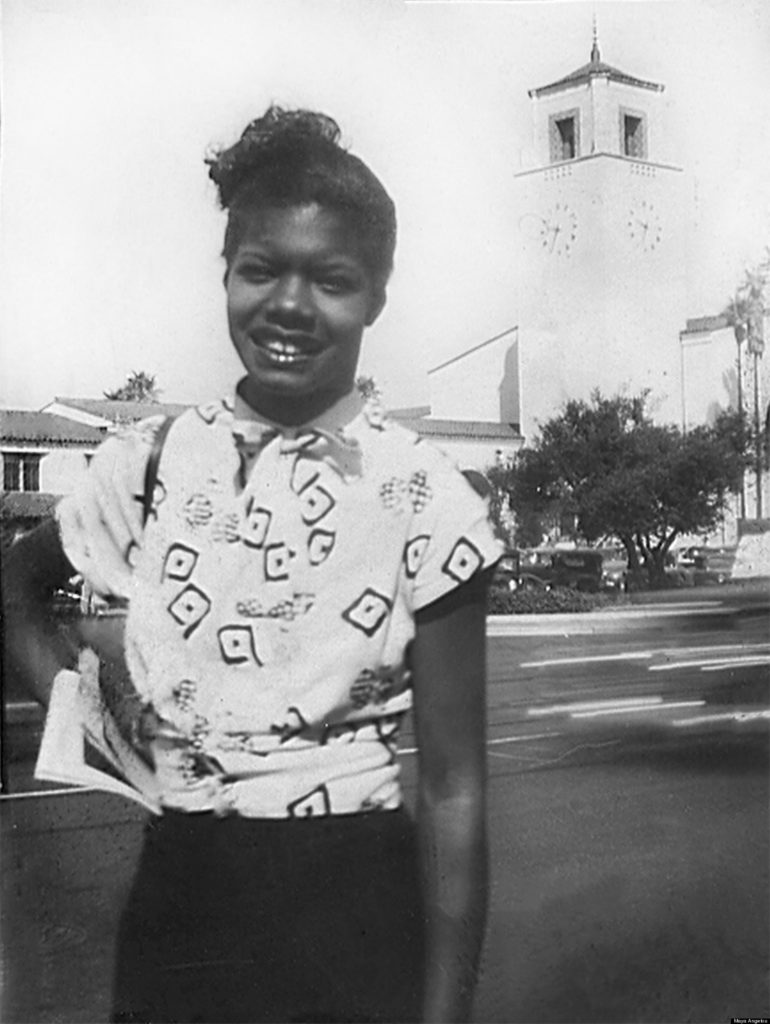
Maya Angelou: Now remembered as a famed author and poet, Maya Angelou’s first job – in 1943, when she was 16 – was as a streetcar conductor in San Francisco. She wanted the job initially, she said, because she “liked the uniforms.” When she tried to apply, no one at the Market Street Railway office would give her the job application. She didn’t give up – she went back to the office every single day and sat in the waiting room. Eventually, a manager approached her and allowed her to apply. (She said she was 18, the minimum age). She became the first Black female streetcar operator in San Francisco. During that summer, she operated the 7-Haight line, which at that time ran from East Bay Terminal (at First and Mission) out Market, Haight, and then along Lincoln Way to reach the beach, crossing the park to terminate at Playland. Market Street Railway is proposing that Streetcar 798, of the type she worked on, be dedicated to her memory when it is restored. Here’s more on Angelou’s time on the streetcars.
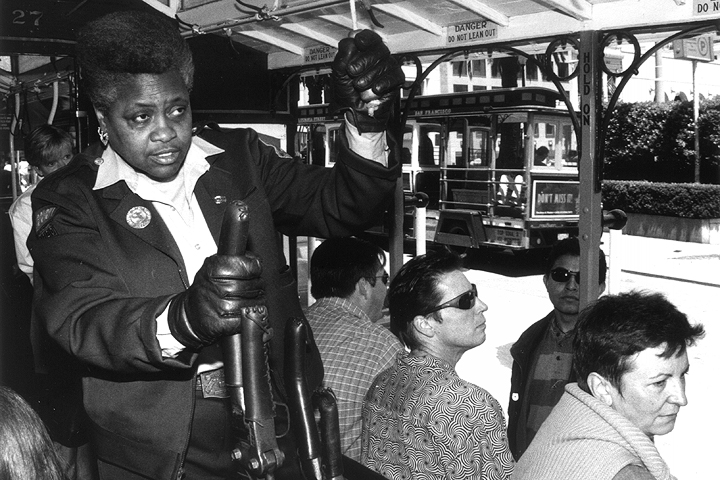
Fannie Mae Barnes: By the 1990s, there were many Black women operating Muni vehicles. With one exception. No woman of any color had ever gripped a cable car. Fannie Mae Barnes changed that. She had worked her way from Muni bus driver to cable car conductor by the early 1990s, but then decided she wanted “to work up front, at the grip”, a much more physically-demanding job. More than 80% of applicants for grip person fail the training, which requires significant upper body strength as well as quick reflexes. She passed the training and took the grip in 1998. Now retired, she was honored as a “Cable Car Hero” at the 150th anniversary celebration on August 2, 2024, where she told the crowd, “I remembered what my mother told me: I can do anything, if I just put in the work. I did it, and I’m proud that I did it when I was 52 years old.” At that age, she may have been the oldest person to qualify for that demanding job. Five other women, all African-American, have followed Barnes as cable car gripwomen. SFMTA celebrates all six including two 2024 arrivals, Annie Washington and Chanelle Smith, in this post.
As you can see, many of the first civil rights breakthroughs in public transit happened here in San Francisco. We salute all those who have stood up to racism, sexism, and discrimination in San Francisco’s transit industry…for more than 150 years! Read more on this subject on the SFMTA blog.
If you like our exclusive content, please consider even a small donation to help our nonprofit.
Thank you, Rick, for this article which is very important to me in the history of African Americans who pioneered both agencies being the Municipal Railway and the Market Street Railway. I would like to see more interest on the first female Gripwoman and the present day Gripwomen so the world can see this historic event of such an iconic transportation mechanism such as the Cable Car.
Ms. Fannie Barnes such be remembered far better than she is to this date just like Audley Cole, and lastly, I would like to see the new hires when in the class room have a 10 or 15 minute movie of the start of the Railway to promote how historic this agency is today.
Thx Rick for this addition.